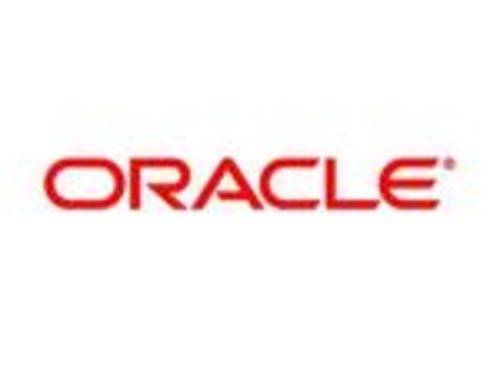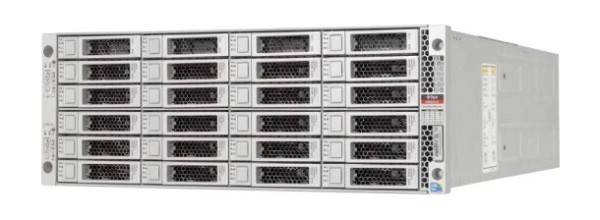Oracle CEO Larry Ellison has been in love with the idea of “all-in-one” and “out-of-the-box” since before the turn of the century. In Matthew Symonds’ portrait of Ellison entitled Softwar, he noted how four years prior to the book’s publication, Ellison had had an epiphany: the software and hardware industries should never have separated. “If Detroit ran like Silicon Valley,” the CEO told the author, “no one would sell cars, just parts.”

But Ellison was lacking two key ingredients, which he doesn’t lack now. One was Sun Microsystems, whose high-end UltraSPARC processor-based systems are credited with contributing to the very positive growth for Oracle reported just yesterday. The other key ingredient was former HP CEO, now Oracle President, Mark Hurd. Today, they’ve all come together to produce what Ellison had always envisioned: the Oracle database box.

From a software standpoint, the new Database Appliance is Oracle 11g Enterprise Edition, which uses the company’s clustering technology called RAC to run single database applications across multiple servers. Think of it as “vertical virtualization.”
From a hardware perspective, the Appliance is a Sun Fire 4U rack-mount chassis, that starts out with two nodes, each with 96 GB of memory and a pair of six-core Intel Xeon X5675 processors. Each of those has dual threading, 12 MB of cache and is clocked at 3.06 GHz.
In an effort to appeal to customers intrigued by cloud-based licensing as an alternative to hosting their databases locally, Oracle is introducing a “pay-as-you-grow” licensing model that charges customers by the scale of processors and database capacity used. “Customers can deploy the Oracle Database Appliance with as few as 2 processors cores to run their database servers, and incrementally scale up to the maximum of 24 processor cores,” reads an Oracle white paper released this afternoon (PDF available here). “This enables customers to deliver the performance and high availability that business users demand, and align software spending with business growth.”
It may have come from Larry Ellison’s inspiration, but it’s got Mark Hurd’s signature all over it.










